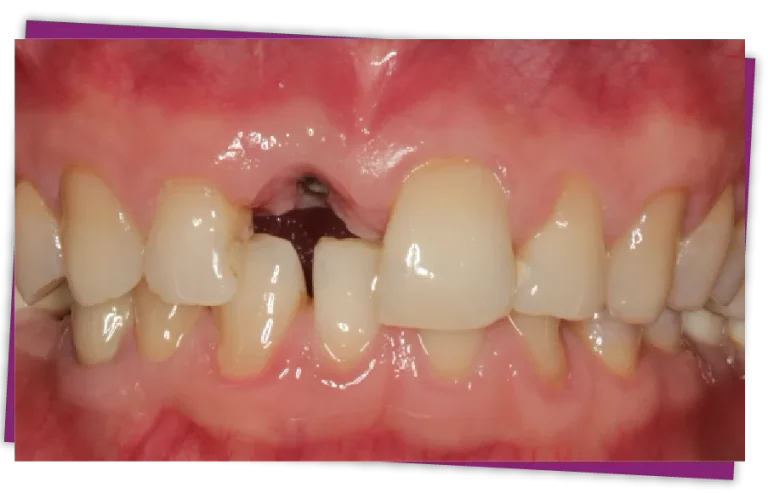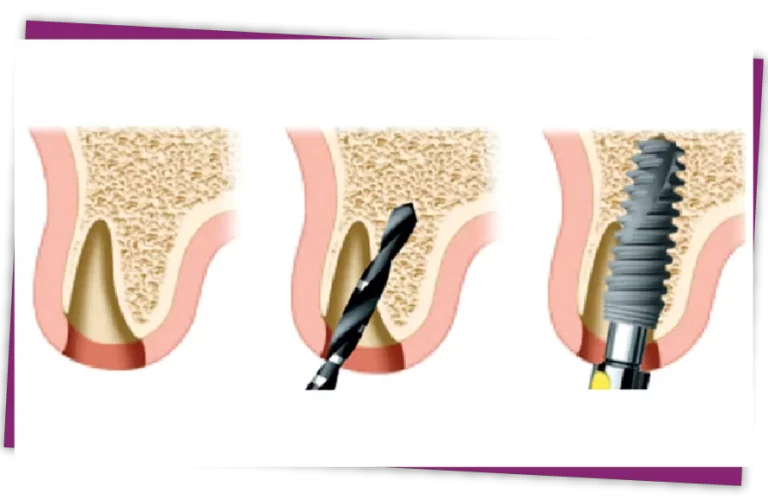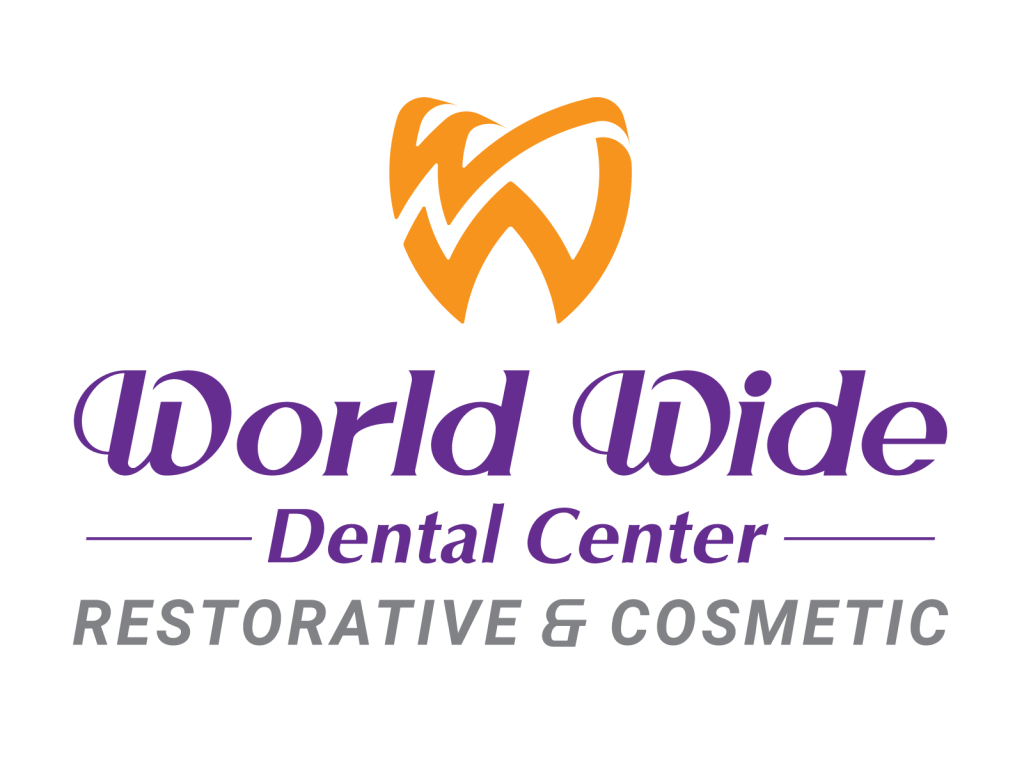IMPLANT PLACEMENT AFTER TEETH REMOVAL
Dental implants are the most comprehensive solution today to have teeth that feel natural, andachieve up to 90% of the chewing function. Dental implants, tooth extraction and Implant placement are done in one operation, also known as Implant Placement After Teeth Removal. It is increasingly and widely applied to new teeth extraction technique.
IMPLANT PLACEMENT PROCESS
The surgeon exposes the root, using a non-traumatic extraction technique to gently remove the root without damaging the alveolar bone and gum tissue.
After taking the teeth out, the surgon will place the Implant and add bone graft if necessary.
During the implant placement surgery, the alveolar bone is in an ideal state to place the Implant. If the extraction is done not in accordance with the technical expertise, it will be easy to break the alveolar bone, and it will take time to regenerate before implantation. Therefore, it is necessary to extract teeth using non-traumatic techniques, to ensure that the alveolar bone and gum tissue are not damaged.


Full-Mouth Reconstruction
Full-mouth reconstruction is a comprehensive dental treatment designed to rebuild, restore, or replace most—or all—of the teeth in your mouth. This transformative approach is ideal for patients who have complex or long-standing dental issues such as worn-down teeth, severe decay, missing teeth, bite problems, chronic pain, or damage caused by trauma or disease.
Instead of treating each problem individually, full-mouth reconstruction combines multiple restorative, cosmetic, and sometimes surgical procedures into one carefully planned roadmap. The result is a fully renewed smile that looks natural, functions comfortably, and supports long-term oral health.
Who Needs Full-Mouth Reconstruction?
This treatment is often recommended for patients experiencing:
- Multiple missing teeth
- Broken, cracked, or severely worn teeth
- Advanced gum disease
- Chronic jaw or bite issues (TMJ problems)
- Severe decay affecting several teeth
- Old or failing dental work
- Trauma from accidents or injuries
- Bite collapse or difficulty chewing
Full-mouth reconstruction restores not only your smile—but also everyday comfort and quality of life.
What Full-Mouth Reconstruction Can Include
- Depending on your needs, a personalized treatment plan may combine:
- Dental Crowns & Bridges: To rebuild strength, shape, and function.
- Dental Implants: To replace missing teeth with long-lasting, natural-feeling results.
- Veneers or Cosmetic Bonding: The visible part that looks like a real tooth.
- Root Canal Therapy: To save infected teeth and eliminate pain.
- Gum & Periodontal Treatment: To restore gum health and stabilize the foundation.
The Full-Mouth Reconstruction Process
- 1. Comprehensive Evaluation
- Your dentist performs an in-depth assessment, including digital X-rays, photos, 3D scans, gum evaluation, and bite analysis.
- 2. Customized Treatment Plan
- A step-by-step plan is created to address your concerns, restore function, and achieve your ideal smile.
- 3. Restorative & Rebuilding Phase
- Crowns, implants, grafting, or other restorative procedures are performed to rebuild your dental foundation.
- 4. Cosmetic Enhancement
- Final touches, such as veneers or whitening, are added to perfect your smile..
- 5. Long-Term Support & Maintenance
- Regular checkups ensure your new smile stays strong, functional, and beautiful for years to come.

Benefits of Full-Mouth Reconstruction
- Restores chewing ability and bite function
- Eliminates pain and discomfort
- Enhances appearance and confidence
- Improves speech
- Strengthens overall oral health
- Protects remaining natural teeth
- Provides a long-term, stable solution
- Creates a balanced, harmonious smile
Patients often say their new smile completely changes their life—physically, emotionally, and socially.







